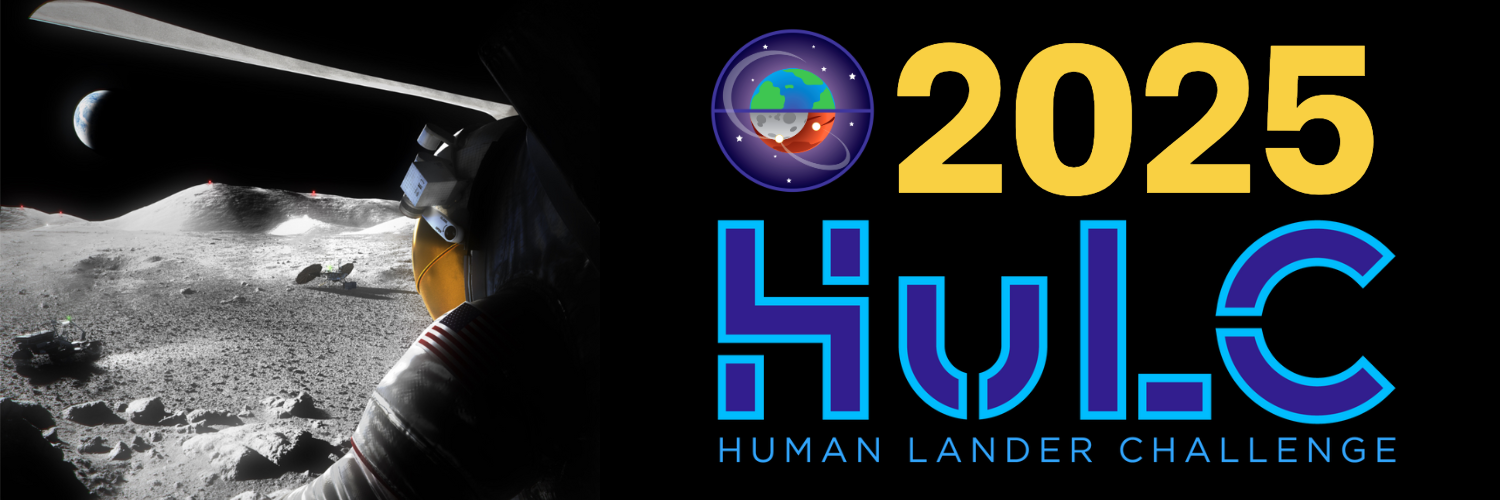
CONGRATULATIONS TO THE 2025 HuLC WINNERS!
Embry-Riddle Aeronautical University, Prescott, “Electrical Capacitance to High-resolution Observation (ECHO)”
Old Dominion University, “Structural Tensegrity for Optimized Retention in Microgravity (STORM)”
Massachusetts Institute of Technology, “THERMOS: Translunar Heat Rejection and Mixing for Orbital Sustainability”
Ohio State University, “Autonomous Magnetized Cryo-Couplers with Active Alignment Control for Propellant Transfer (AMCC-ACC)”
University of Illinois, Urbana-Champaign, “ECLIPSE: Efficient Cryogenic Low Invasive Propellant Supply Exchange”
Washington State University, “CYPRESS (CrYogenic Performance REfueling Safety System) Coupler for Liquid Hydrogen Transfer”
- 00Days
- 00Hours
- 00Minutes
- 00Seconds
NASA’S 2025 HuLC Competition Finalists
- California State Polytechnic University, Pomona, “THERMOSPRING: Thermal Exchange Reduction Mechanism using Optimized SPRING”
- Colorado School of Mines, “MAST: Modular Adaptive Support Technology”
- Embry-Riddle Aeronautical University, Prescott, “Electrical Capacitance to High-resolution Observation (ECHO)”
- Jacksonville University, “Cryogenic Complex: Cryogenic Tanks and Storage Systems – On the Moon and Cislunar Orbit”
- Jacksonville University, “Cryogenic Fuel Storage and Transfer: The Human Interface – Monitoring and Mitigating Risks”
- Massachusetts Institute of Technology, “THERMOS: Translunar HEat Rejection and Mixing for Orbital Sustainability”
- Ohio State University, “Autonomous Magnetized Cryo-Couplers with Active Alignment Control for Propellant Transfer (AMCC-AAC)”
- Old Dominion University, “Structural Tensegrity for Optimized Retention in Microgravity (STORM)”
- Texas A&M University, “Next-generation Cryogenic Transfer and Autonomous Refueling (NeCTAR)”
- The College of New Jersey, “Cryogenic Orbital Siphoning System (CROSS)”
- University of Illinois, Urbana-Champaign, “ECLIPSE: Efficient Cryogenic Low Invasive Propellant Supply Exchange”
- Washington State University, “CYPRESS (CrYogenic Performance REfueling Safety System) Coupler for Liquid Hydrogen Transfer”
NASA’s Human Lander Challenge (HuLC) is an initiative supporting NASA’s Exploration Systems Development Mission Directorate’s (ESDMD’s) efforts to explore innovative solutions for a variety of known HLS challenge areas. Through this competition, college students become important partners in NASA’s advancement of HLS technologies, concepts, and approaches. Improvements in these technology areas have the potential to revolutionize NASA’s approach to space exploration, and contributions from the academic community are a valuable part of the journey to discovery. HuLC is open to undergraduate and graduate students at accredited colleges and universities in the United States. Minority Serving Institutions are encouraged to apply. HuLC projects allow students to incorporate their coursework into real aerospace design concepts and work together in a team environment. Interdisciplinary teams are encouraged.
In-space propulsion systems utilizing cryogenic liquids as propellants are necessary to achieve NASA’s exploration missions to the Moon, and later to Mars. In current state of the art (SOA) human scale, in-space propulsion vehicles, cryogenic liquids can be stored for several hours. In order for the planned HLS mission architecture to close, cryogenic liquids must be stored on-orbit on the order of several months.
The 2025 Human Lander Challenge asks teams of students and their faculty advisors to design
innovative solutions and technology developments addressing in-space cryogenic liquid storage and
transfer systems for long duration NASA missions to the Moon.
Teams are invited to develop innovative,
systems-level solutions to understand, mitigate potential problems, and mature advanced cryogenic
fluid technologies that can be implemented within 3-5 years.
NASA’s 2025 Human Lander Challenge
NASA’s Human Lander Challenge (HuLC) is an initiative supporting NASA’s Exploration Systems Development Mission Directorate’s (ESDMD’s) efforts to explore innovative solutions for a variety of known HLS challenge areas. Through this competition, college students become important partners in NASA’s advancement of HLS technologies, concepts, and approaches. Improvements in these technology areas have the potential to revolutionize NASA’s approach to space exploration, and contributions from the academic community are a valuable part of the journey to discovery. HuLC is open to undergraduate and graduate students at accredited colleges and universities in the United States. Minority Serving Institutions are encouraged to apply. HuLC projects allow students to incorporate their coursework into real aerospace design concepts and work together in a team environment. Interdisciplinary teams are encouraged.

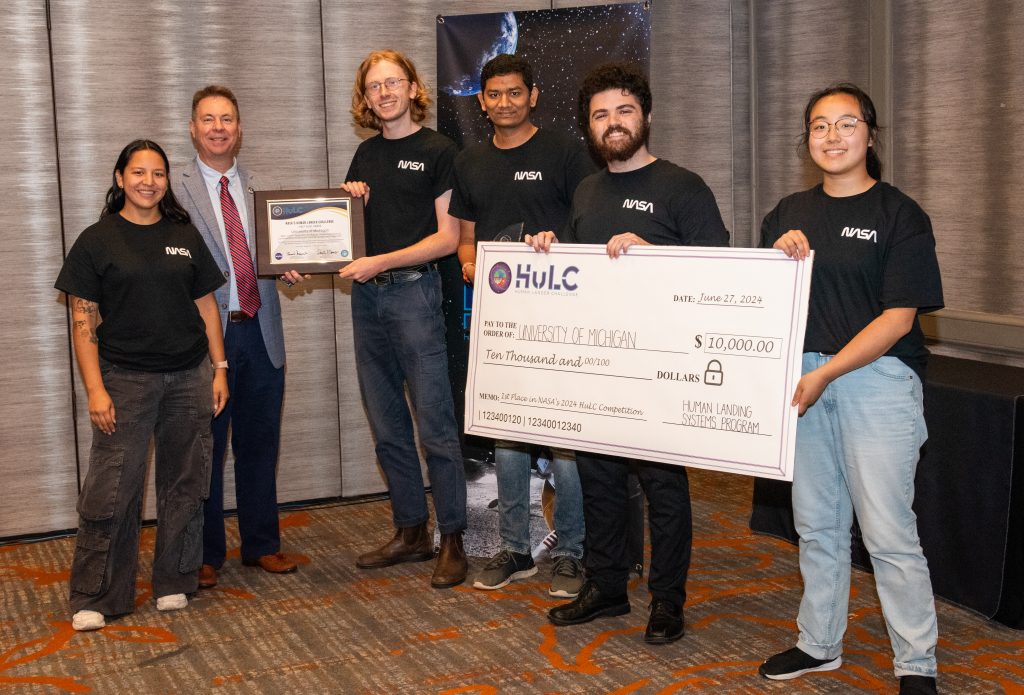

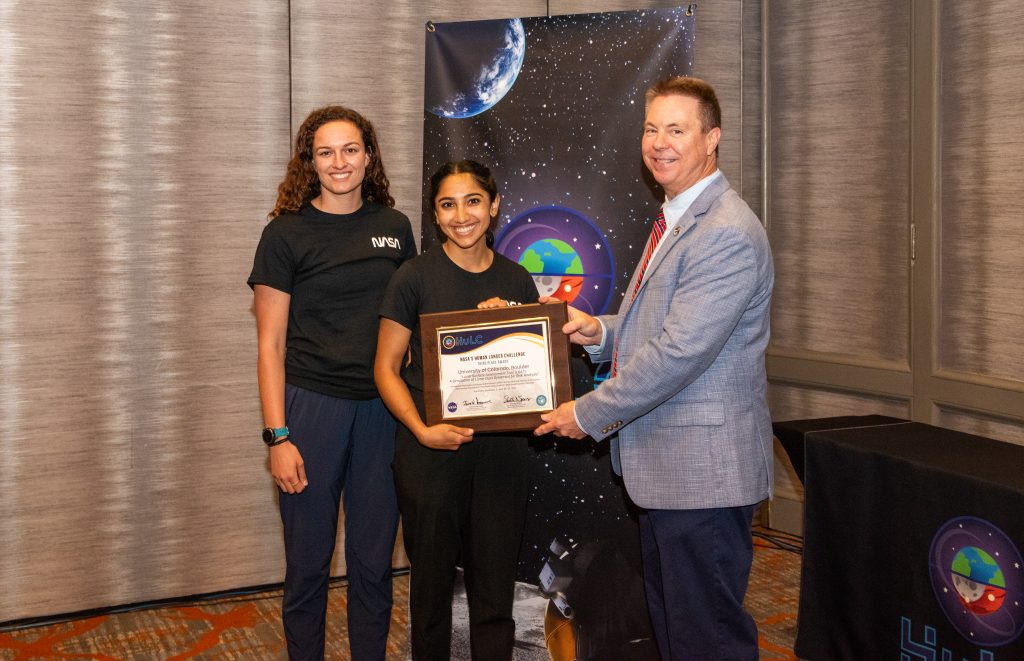
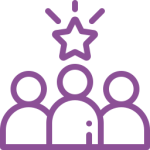
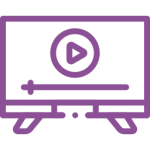


 Esther Lee
Esther Lee
 Monica Guzik
Monica Guzik Jamshid Samareh
Jamshid Samareh Wesley Chambers
Wesley Chambers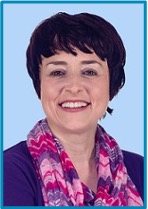 Lora Dishongh
Lora Dishongh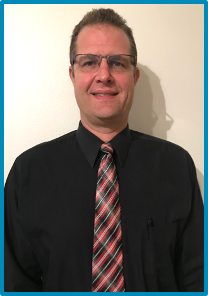 Mark Lewis
Mark Lewis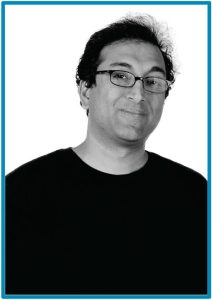 Manish Mehta
Manish Mehta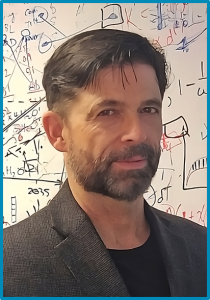 Philip Metzger
Philip Metzger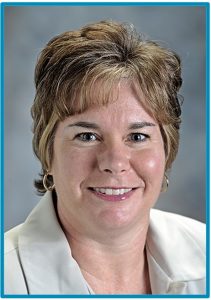 Michelle Munk
Michelle Munk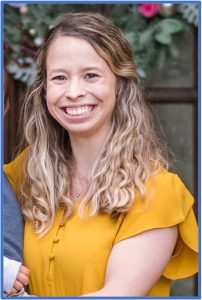 Samantha Harris
Samantha Harris Matt Simon
Matt Simon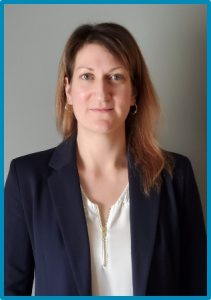 Ashley Korzun
Ashley Korzun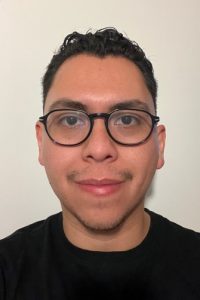 Juan Valenzuela
Juan Valenzuela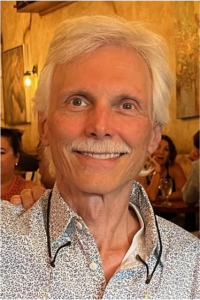 Mark Wollen
Mark Wollen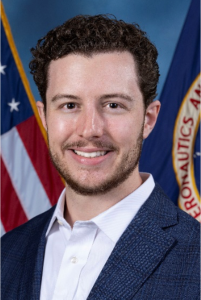 Reid Ruggles
Reid Ruggles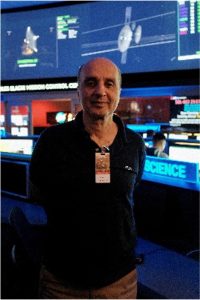 Ali Kashani
Ali Kashani Wesley Johnson
Wesley Johnson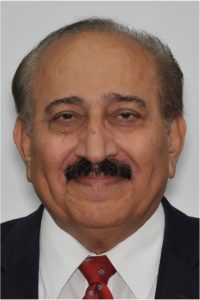 Ali Hedayat
Ali Hedayat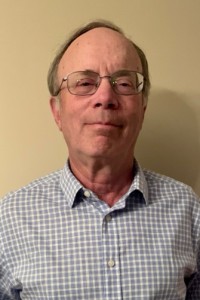 Michael Dipirro
Michael Dipirro